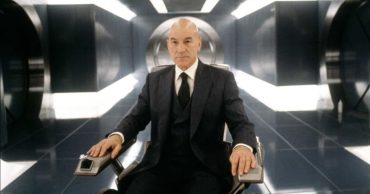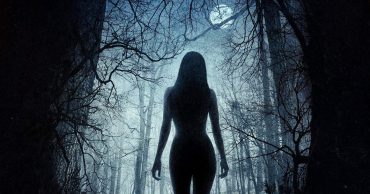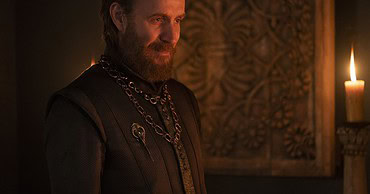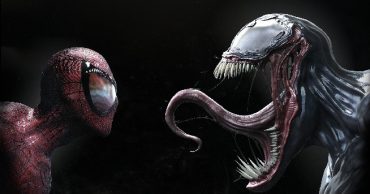From the mind behind Let The Right One In, John Ajvide Lindqvist brings a fresh perspective on zombies, exploring not just life after death, but the emotional intricacies of loss and reunion.
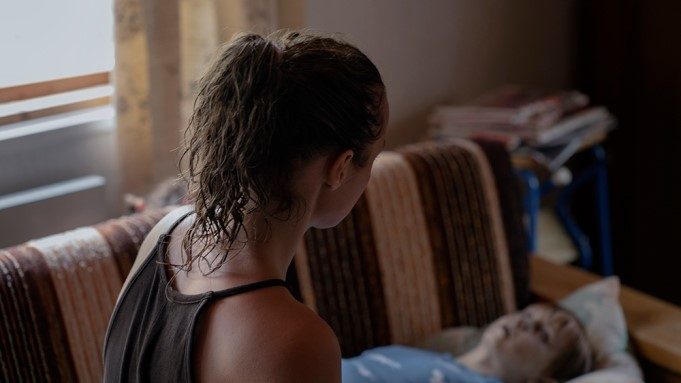
Handling the Undead, directed by Thea Hvistendahl in her feature debut, adapts Lindqvist’s book into a deeply emotional film. Set during a sweltering day in Oslo, an electrical anomaly causes the deceased to rise, reuniting with their bewildered families.
A Plot That Delves Into Emotional Terrain
The film centers around three families, each grappling with the shock and hope that their loved ones have returned. The plot raises significant questions: Who are they now? What do they want?
How do you navigate the apparent miracle of loved ones returning when they are mere shadows of their former selves?
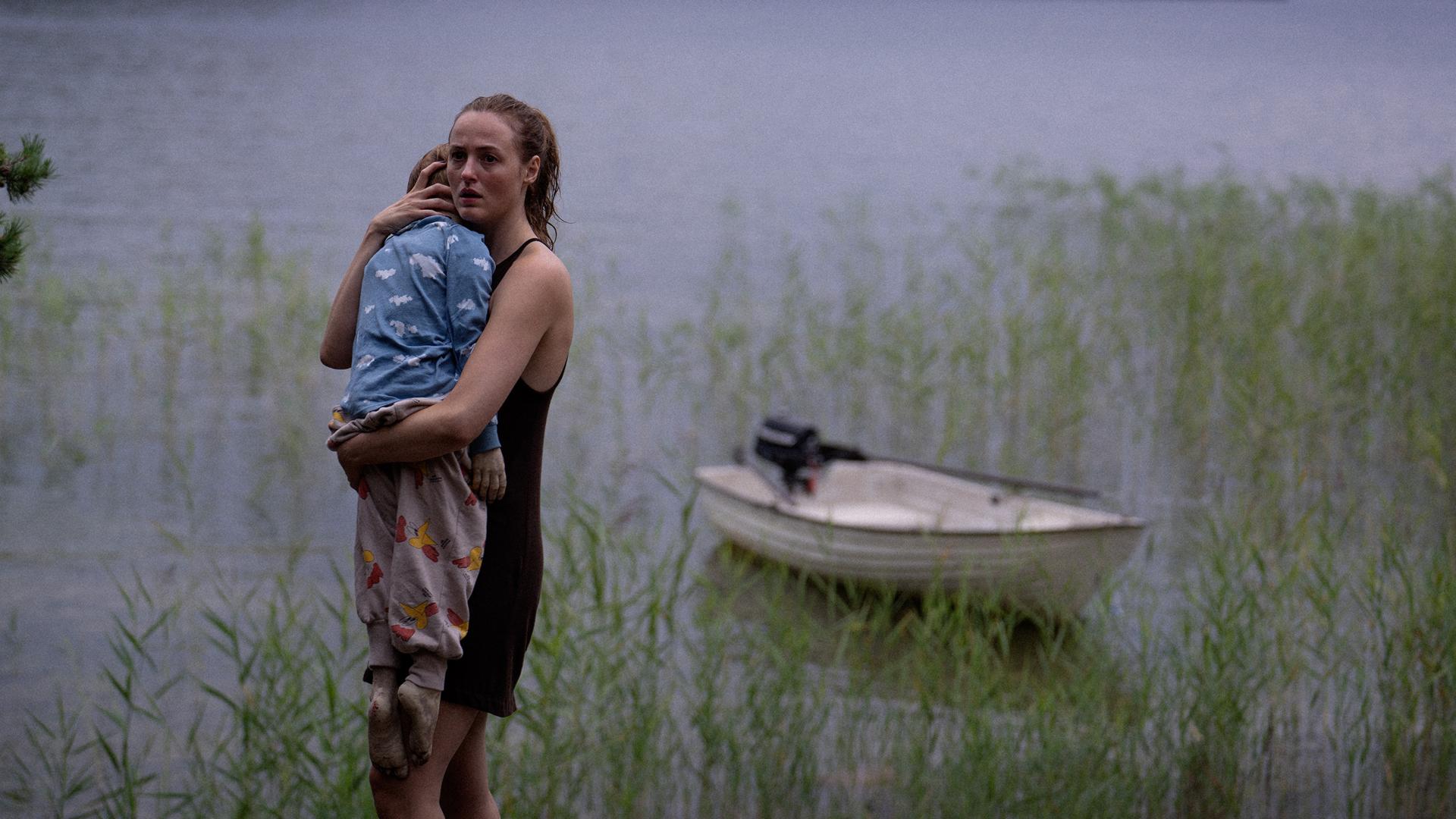
Pushing Beyond Traditional Zombie Lore
Zombies in cinema typically embody mindless aggression, brought to iconic status in George Romero’s Night of the Living Dead. However, Handling the Undead
shifts this narrative. As Charles Barfield notes, It’s a film that begs you to think of a zombie as a real person and not just some mindless husk craving brains.
A Slow But Thoughtful Pace
Hvistendahl’s direction is deliberate. Critics may find the pacing slow, yet each long shot
is intended to immerse viewers into moments filled with eerie tension and contemplation. There’s an exchange between characters that exemplifies this approach – intimate conversations that let raw emotions unfold slowly before us.
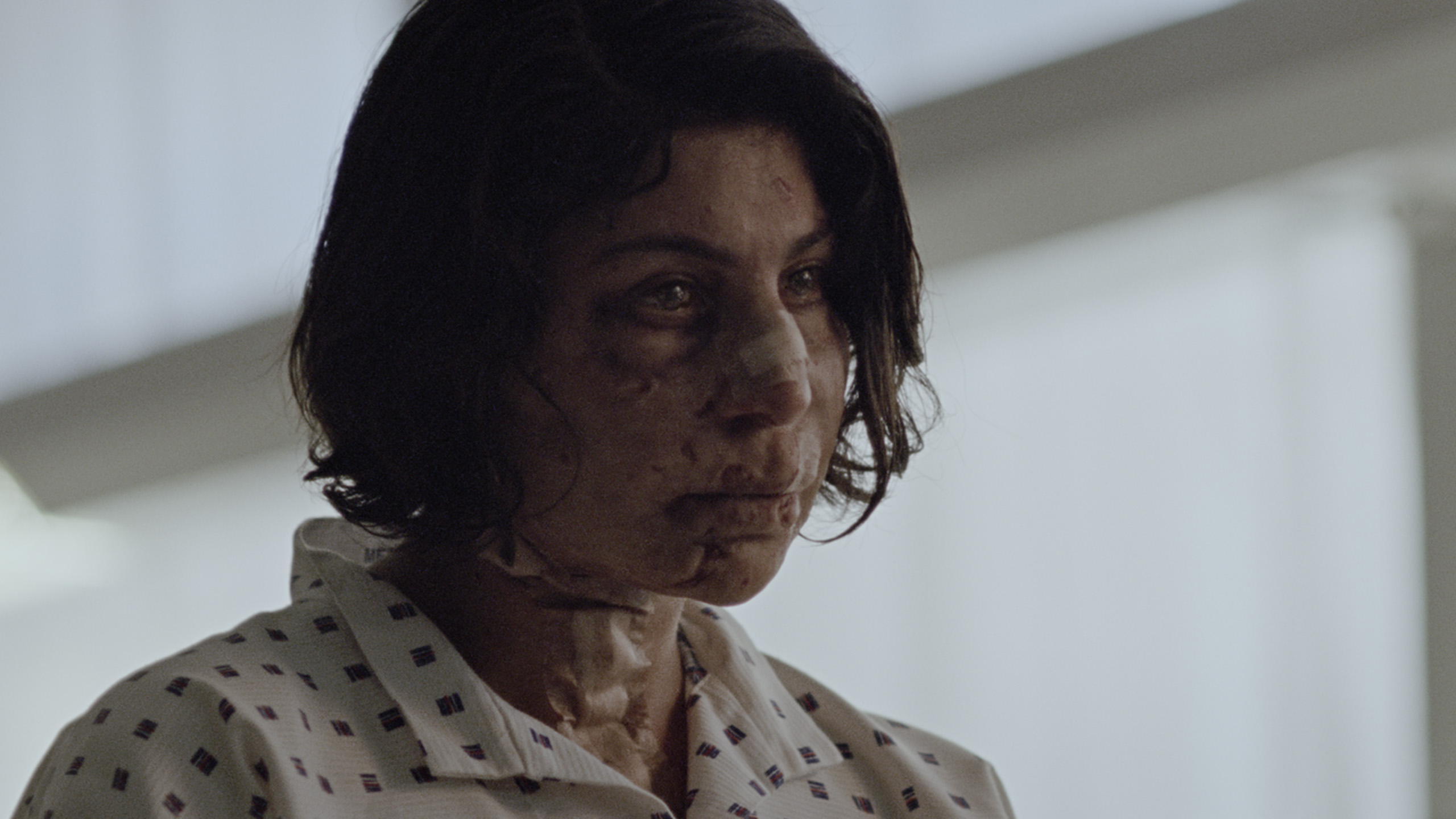
The choice to shoot on 35mm film adds depth and texture to each frame. This meticulous craftsmanship ensures that every scene feels cohesive and deliberate, reinforcing the somber mood of the story.
An Intricate Study of Grief And Acceptance
The emotional core lies in seeing these revived loved ones as they once were, empty shells devoid of their former essence. It’s heart-wrenching observing them through their family’s eyes. The reality hits when you realize that despite their physical presence, what made them who they are is irretrievably lost. As one character poignantly asks, If you had them back, what would that actually mean?
This profound question resonates through each frame. Despite being light on traditional narrative structure, Lindqvist’s story delves into these weighty themes with sensitivity and depth.
A Visually And Sonically Rich Experience
The film’s aesthetic choices bolster its atmosphere. Every frame demands contemplation, whether by immersive long shots
, evocative sound design, or haunting string arrangements. Yet sometimes this slow pace can test patience; it’s painstakingly crafted but can feel drawn out.
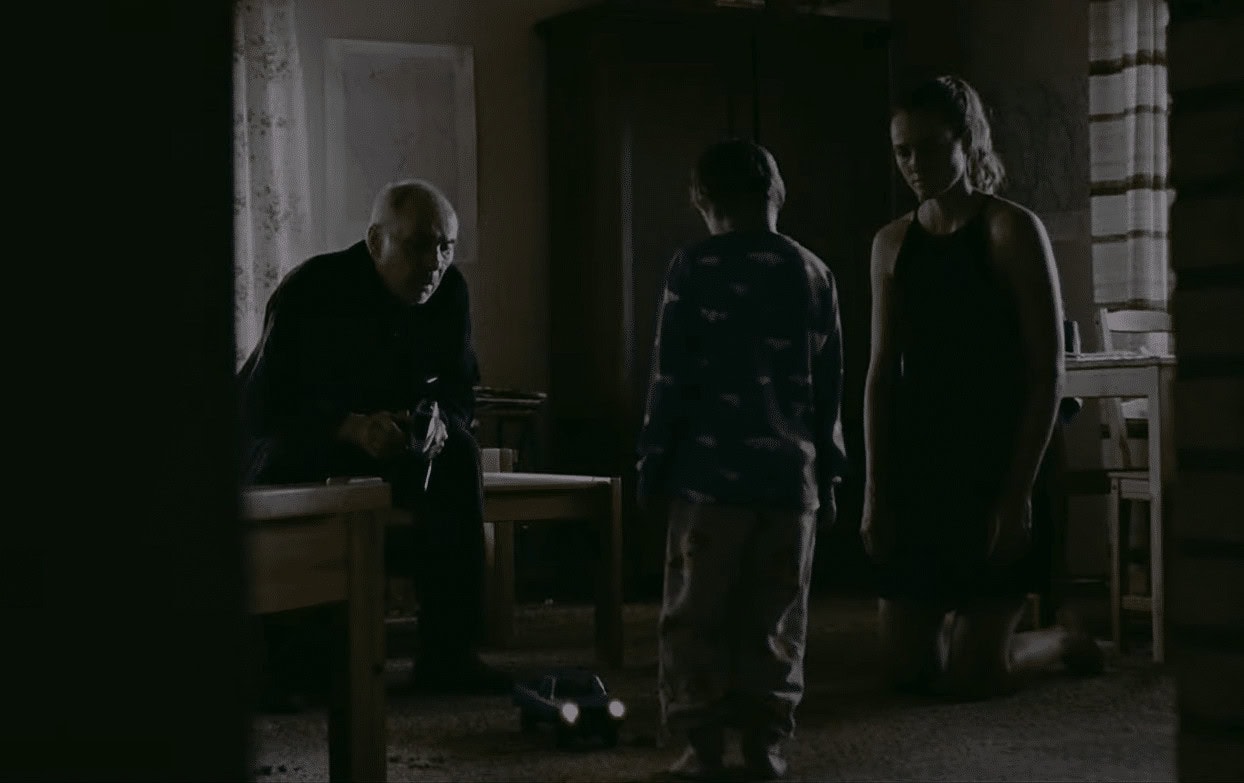
The ambiguity surrounding these ‘undead’ figures adds to the film’s allure and frustration. There is a steady tension built on lurking questions – what are their intentions? It teases answers but leaves much open-ended, provoking reflection long after you leave the theater.
 Follow Us
Follow Us
